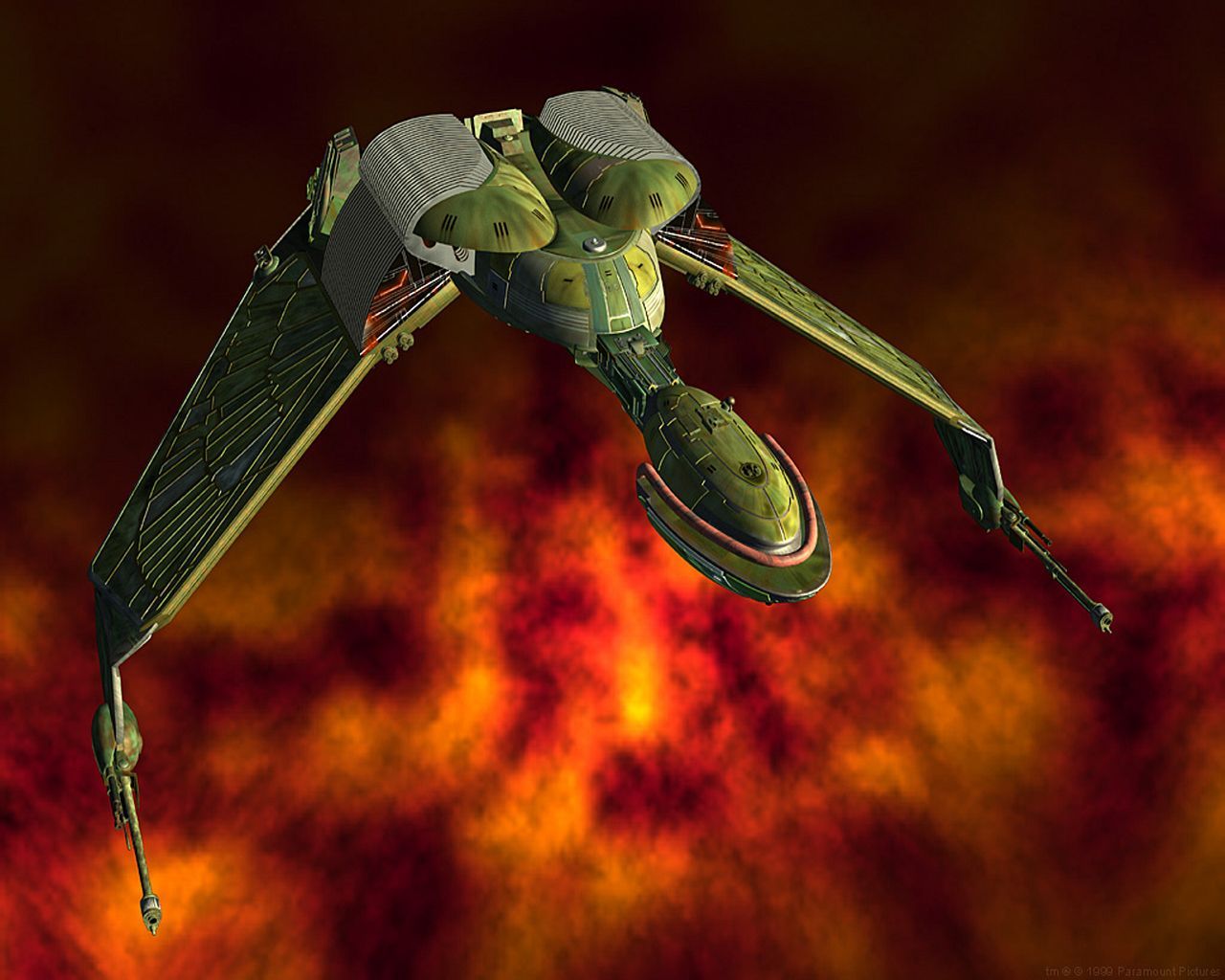(This has some grounds in reallity, so this very well is a post for brain storming). By not violating, i mean no creeping on others in their privatee places. Consider your selves owners of a factory which produces metallic objects which are transparent (properties similar to aluminium) what could be a product which could get you huge profits.
I would also like you to ignore the easiest option to make displays (for phones, laptops etc) which are much more tensile and durable.
Transparent metallic containers would be a revolution - cooking pots, gas cylinders, even electronics. We could even have transparent wires (transparent insulation is already a thing).
OP is probably asking, because transparent aluminum already exists, yet isn’t used widely
The name is misleading because transparent aluminium is actually a ceramic, not a metal, so its properties are nothing like you’d expect from a metal - it has low thermal and electrical conductivities, it’s more likely to fracture than to bend, etc.
I was thinking the same thing; there’s not enough information in the post to answer. Not all metals are ferrous; many don’t conduct electricity or are not magnetic. Non-ferrous metals are useless for making cookware to be used with (increasingly popular) induction stoves, so “clear pans” might not be the best idea.
Metals also have different thermal conductivity. Aluminum’s is great, but the uses for pure aluminum cookware is limited; when it is used, it’s usually clad in much more durable stainless steel, and the visual characteristics consequently utterly irrelevant.
Is this unnamed clear metal ferrous? Does it have good thermal conductivity? What’s its density - is it heavy? You’re not going to be using it in airplane windows if it’s heavier than glass. What’s its hardness? How brittle is it? Not going to be in vehicle windshields if it’s brittle, or scratches easily.
As you imply, there are a lot of characteristics that affect the usefulness of a material in any given application. It’s why materials science is so important to product design.
Yup - thankfully OP did provide some metal as reference, aluminium. From that we can guess it’s non-ferrous, light, good thermal and electrical conductivity.
I wasn’t aware that non-ferrous metals couldn’t be used with induction stoves (I use gas). But I guess you could still get transparent sides, and a steel bottom? (…I really want to see my food cooking!)
Yeah. Induction stoves work by invoking magnetic current in the metal that’s resting on the plates. For that to happen, the material needs to be ferrous. Pure copper won’t work, and alloys are less effective.
It’s a minor inconvenience. You can’t use glass tea kettles or copper (as I said), for instance, but most stovetop cookware of already ferrous: cast iron skillets and stainless steel, mostly. Most modern cookware with copper or aluminum is steel clad with the other material as a core, because steel is vastly more corrosion resistant. That works fine, the steel gets hot and transfers heat to the core and it’s business as usual. Almost nobody buys pure copper cookware anymore, and nobody in their right mind would buy pure aluminum cookware. The real issue is that tempered glass is still moderately popular for some uses, and that’s useless on inductive stoves.
Technically speaking, any conductor* could be used as induction heater, it would just not be good. Even for paramagnetic stuff, you still have spins which will have some exchange energy, and some from external field. It may not have a high resistance to the changing fields, but almost everything does have some resistance (what i am saying is, is that almost all materials have some non zero resistance an dnon zero susceptance).
There’s probably not enough joules being generated by a domestic induction stove to generate more heat in a non-ferrous material than is lost through common radiation at room temperature. Not enough to be noticeable without instruments, in any case.
you can still cook food in glasswaree, it would be slow. Or if you have microwave, then you can definitely see food cooking already.
not really, but there are some methods to grow materials a bit more generally that they are transparent to some wavelengths. It is not new, or anything, and is used in other structured materials.
Obvious answer is probably safety glass. If it outperformed current bullet resistant glass, it could make some people safer. Structural glass would also be good, so you could have better storm windows, greenhouses, etc. It also would be useful for making inspection easier in some cases. Pressurized vessels could have more visibility or more structural strength. Aquariums could be less bulky.
Aquariums would not get less bulky, but we would not have catastrophic failure
Depends. If the metal is stronger than the glass it could be thinner, which is not that big of a deal in home aquariums, but aquariums, in the sense of a place one goes to look at fish, have huge, thick walls of glass to hold back the millions of gallons of water. If you could get that same strength with thinner material you could have a smaller footprint/more viewer space or a bigger tank with less reinforcement.
fair point
I’ll ignore “quickest way to earn money” and answer “great applications” (IMO):
- indestructible, bendable solar cells
- airplanes without windows, drastically lowering fuselage weight and fuel consumption
- no more blind spots in cars and trucks
“quickest way to earn money” is mostly to say - has commercial applications, which can get you research funding
solar panels still may not be transparent, silicon still has to be crystalline, and not bendy.
you would not want the wole fuselage be made of soemthing transparent, that would be way to much light. I also answerd indowws in some other reply
Similar answer for cars, though it could be coupled with some electrochromic materials, and have a transparent roof top, which can be used to make huge sun/moon roofs, wand still have weathr protection.
No, the solar panels won’t be transparent, but their top will be metal instead of glass.
And the whole fuselage won’t be transparent, but you can make transparent sides instead of cutting holes for windows.
For cars, I guess it depends on the properties of the material and if they can serve as crumple zones.sorry i did not want to write transparent, i meant to write flexible (sorry for brain freeze). What i meant was, even if metallic top layer for solar cell be round, the silicon still is usually planar, and growing it curved is e=xtremely hard.
I had similar answer for fuselage to other reply, but some airlines already have thich polymeric glasses instead of glass, as polymer would not fail critically
Whatever transparent aluminum is already used for. I mean… It already exists in reality. 🤷🏻♂️
it is not metalliic though (it is a ceramic, and hence does not undergo plastic deformation, arguably most important mechanical properties of aluminum)
Sell it to airplane manufacturers so they can make fuselages without needing holes for windows.
ii thought it was a great answer, and it is, but soem planes alrady have thick polymeric glasses, and metal ones won’t be much of an improvement then
You still need to put a hole into the fusalage to fit the window, which decreases structural integrity of the airframe (the reason why plane windows are rounded and not square). The ability to have a solid-piece fusalage that can just be made see-through where needed would be big improvment.
a solid-piece fusalage that can just be made see-through where needed would be big improvment.
but that is also very hard
Huh? How is it hard? You question litererally gave me the power to make metal see through.
gave you power to make metal see through, not selectively. Realstically implemntation i have been thinking of is to grow directional metallic glasses, which are transparent along the less dense directions. It is mostly just all rough ideas, but i have been trying to see its potential implementations. Even partial transparency would be good, as it would be a start. This would require one more thing - making the metal non conducting (that is the issue with metals, more than them being crystalline is) - this is a bit hard (relatively), but there are some ways to fight it. One would have to do both of these. Currently mostly dreams, but hope that they can be reality some day
not selectively
Alright, so we make the entire thing see through and then they can just paint it, leaving the windows out.
More durable teapots? See through thermos bottle? See through radiators? See through bathroom sink or tub?
the last one does not seem useful (unless you record videos, upload them on ceertain hub)




